The Dalai Lama embodies the unshakable faith of the Tibetan people writes activist and columnist Ugen Gyalpo
Last month I flew from New York to Dharamshala, India, to attend the Tenshug, long-life prayer offering to His Holiness the Dalai Lama organized by the alumni of the Central School for Tibetans, Darjeeling. On the day before the Tenshug ceremony, thanks to the organizing committee, all the ex-students of CST Darjeeling were fortunate to receive an audience. As our winding line grew closer to meeting His Holiness outside of his tranquil residence in the freshness of the early morning punctuated by the chirping of the birds perched on the pine trees, all questions I had conjured in my mind that I would ask His Holiness melted away.
Finally, when his radiant face dawned directly upon me, while I was in total supplication, his compassionate loving-kindness smile welled up the brim of my eyes. I felt like an electric divine current had flowed through my body, as I stood there in awe, inundated by unconditional joy and barely able to utter more than the customary greetings.
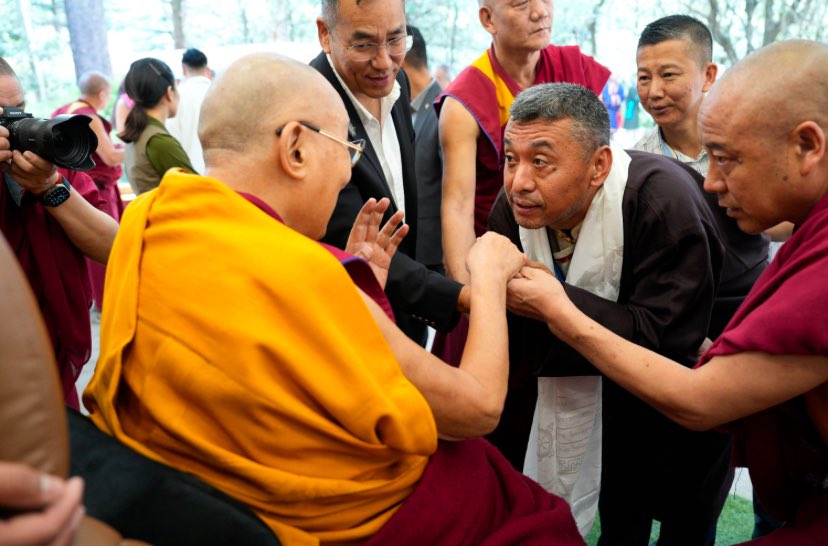
Even through all of this in a flash of second, when I regained my earthly senses hitherto lost in transcendental realm and spiritual awakening before his divine presence, I felt a little tap on my shoulder from his aides to move on. In that instant frozen in time, I couldn’t ignore the sagging wrinkled skin of His Holiness under arms, reminder that aging had certainly taken a toll on his heavenly abode and the truth of impermanence unapologetically loomed large.
Dharamshala, the political capital of the Tibetan Government in Exile and the home to the Dalai Lama since feeling from his homeland in 1959 had a different tone and vibrant rhythm of its own. The only impermanence was the everchanging landscape. The last time I was here was fifteen years ago. Much has changed around McLeod Ganj and Gangchen Kyishong, the DC of Tibetan politics.
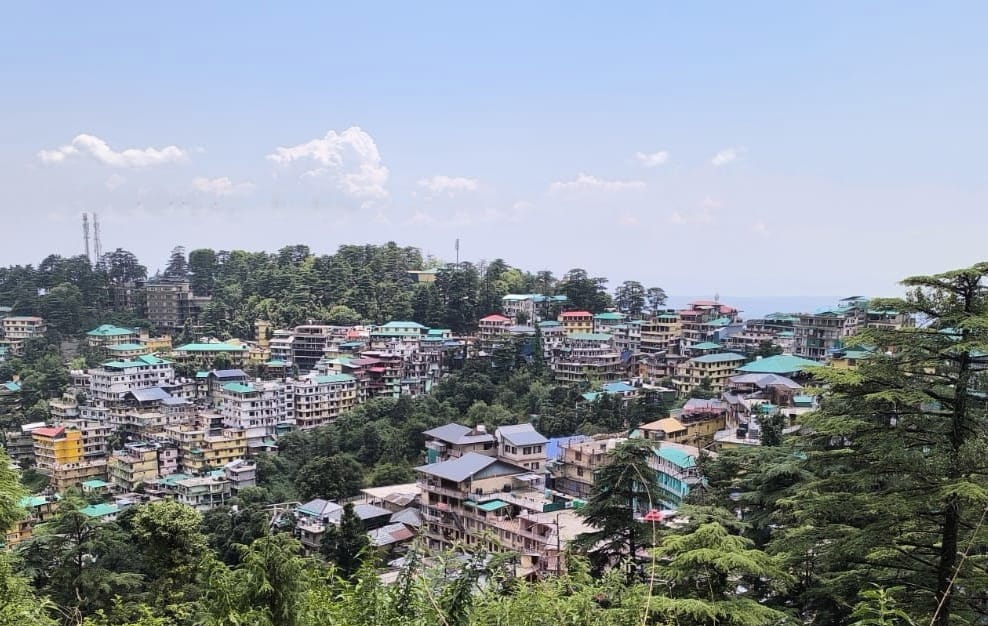
As I walked through the area, the message to the Chinese Government was loud and clear. The imposing administrative buildings of a functioning democracy stood as both a physical and symbolic testament to readiness: executive branches and civil servants poised to assume legitimate governance when the day comes to end the CCP’s illegitinmate, unlawful rule. It was a striking manifestation of resolve, both mental and institutional. The Tibetan Government-in-Exile stands as the de facto continuation of the legitimate government that administered Tibet prior to 1959. It serves as the legal and moral representative of the Tibetan people, acting in defense of their rights and in pursuit of a free and self-determined future.
When His Holiness the Dalai Lama recently said and also reiterated on his latest autobiography Voice for the Voiceless, that he would be reborn in a free country to complete an unfinished task, the significance of the continuity of the Tibetan Government in Exile even after he succumbs to the law of impermanence remains stronger than before. Even though, the Dalai Lama devolved all his political role, there should not be any analysis of paralysis that Tibet still remains synonymous to the Dalai Lama and no symbolic Sikyong or elected representative at the helm can replace his influence.
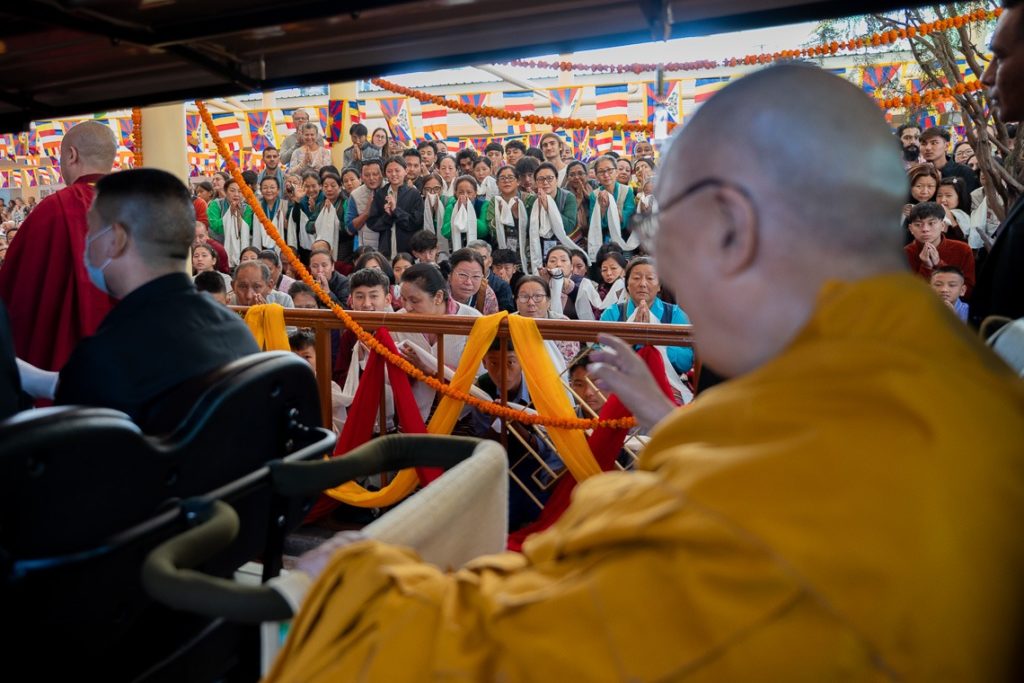
Today, when he is nearing the age of ninety, the Tibetan cause that has been long shepherded by him has come to an inflection point. A moment of self-analyzation and political realization to face the scope of the uncertainty that lies ahead or certainty because of the reassuring comments made by the Dalai Lama recently.
China’s stratagem of the “long wait game” to see the collapse of Tibetan cause after His Holiness is destined to fail, since the fruit of labor that His Holiness sowed with his long term vision in setting up the Tibetan Government in Exile, schools for education, Tibetan Buddhist monasteries from all three major sects and the formation of a democratic set up of governance has Tibetans in diaspora self-reliant, resilient, custodian of the Tibetan culture and civilization and capable leaders to carry the mantle of the Tibetan cause.
Tibetans still sustain their eternal struggle upon the theory of impermanence and totally believe that one day Tibet will outlive the CCP who are just seventy years old. To quote His Holiness “Today’s dark period of Communist Chinese occupation may seem endless, but in our long history, it is but a brief nightmare. As our Buddhist faith teaches us, nothing is immune to the law of impermanence”
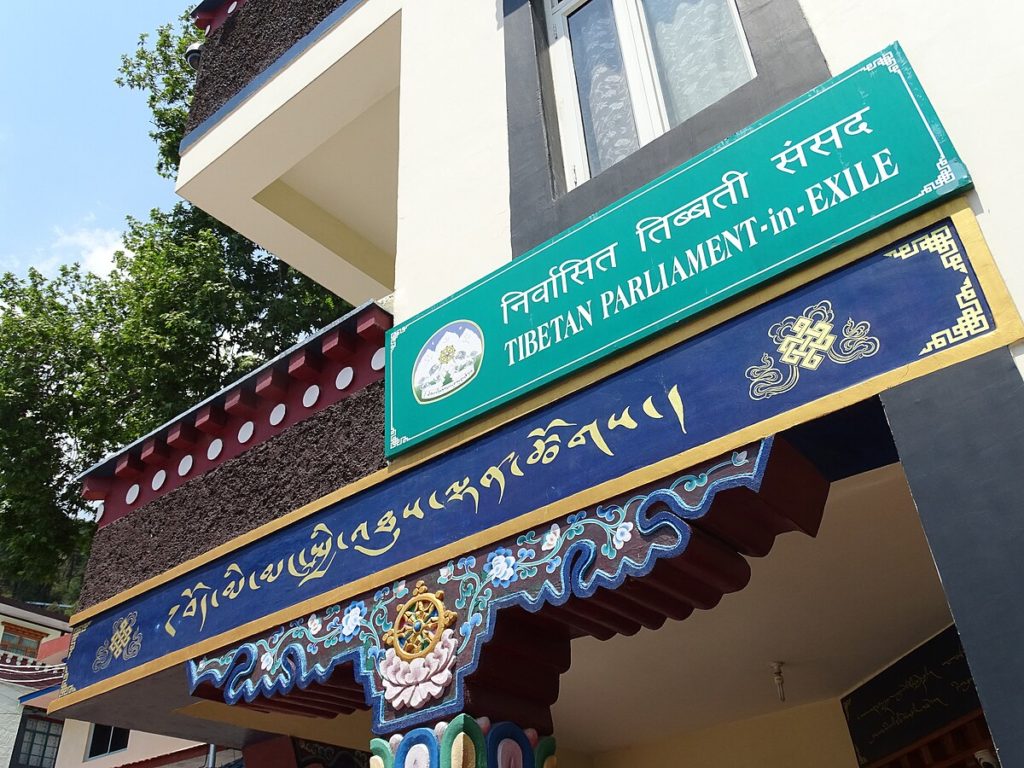
As Tibetans we can’t be frustrated and lose hope. Even the Dalai Lama has said time and again that Tibetan struggle if necessary would continue beyond his lifetime. We must acknowledge the fact that the inherently unstable totalitarian system doesn’t have time on its side. Time is on the side of the Tibetan people as well the Chinese themselves who aspire for freedom.
China’s most important goal in the last three decades had been to obtain legitimacy for their contested rule in Tibet. But they have failed drastically evidenced by the fact of how the U.S in recent year has countered the Chinese campaign of seeking legitimacy by designating the issue of Tibet as an “unresolved conflict” with China. Despite countries forced to kowtow to accept Chinese demand of seeking legitimacy over Tibet as a precondition for any trade talks or market penetration, Tibet has existed in the moat of global psyche and remained still relevant.
This is summed up by this statement from the Dalai lama
“The only leverage Tibetan people have left is the moral rightness of their cause and the power of the truth. The simple fact is Tibet today remains an occupied territory and it is only the Tibetan people who can confer or deny legitimacy to the presence of China on the Tibetan plateau”
The Dalai Lama has tried all his life in resolving the issue of Tibet at the cost of even giving up its calls for independence and sought genuine autonomy with the aim to preserve the Tibetan civilization, identity and culture thrown at the brink of imminent extinction. But the Chinese always fooled the Tibetans by futile rounds of dialogue to buy time to play their sinister long wait game. Besides, the hardcore CCP leadership has vehemently announced that any dialogue would be based on the premise of pre-condition that the Dalai Lama would have to publicly announce to the world that Tibet has been an inseparable part of China since ancient times.
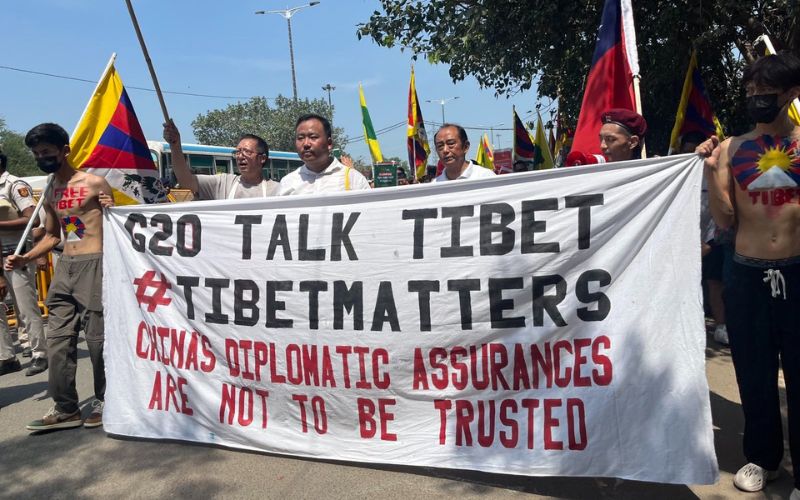
His frustration with the Chinese Communist leadership can be summed up by this comment he made
“All my life I have advocated for nonviolence. I have done utmost to restrain the understandable impulses of frustrated Tibetans both within and outside Tibet by persuading them to seek a realistic solution. I must admit that I remain deeply disappointed that Beijing has chosen not to acknowledge this huge accommodation and failed to capitalize on the genuine potential for a lasting solution. If no resolution is found while I am alive, the Tibetan people will blame the Chinese leadership for its failure to reach a settlement with me. It is my sincere hope that Beijing will find the necessary courage to resolve the longstanding issue of Tibet before it is too late”
As the Dalai Lama approaches the age of ninety, much has been written by non-Tibetan journalist and writers about the uncertainty that surrounds the political future of Tibet and the Tibetans. But reading through the sentiments and pulses of the Tibetans both within and without Tibet, the unshakable spirit of the Tibetan people is manifested time and again.
Even to this day, ruthless goons of the CCP are randomly storming into the privacy of Tibetans by searching on their phones and also into the walls of monasteries the pictures of the Dalai Lama. The monks are forced under the barrel of the gun to sign pledging renouncement of all ties to the Dalai Lama, labeled as a separatist on the declaration. Many who are caught exchanging messages with Tibetans in diaspora are arbitrarily arrested as well. The firewall of technological surveillance will even make Orwellian world feel less draconic.
Even the fake Panchen Lama imposed to worship has become a laughingstock amongst the Tibetans. Recently, Humkar Dorje Rinpoche was killed by the Chinese thugs for not showing reverence to the dummy Panchen Lama. The unsettling precedence for the Chinese leadership is that the Dalai Lama still remains the ultimate symbol and hope for all Tibetans.
China has definitely won the geographic land of Tibet but they have failed to win the moated minds of the Tibetan people and also the desperately sought legitimacy over their rule in Tibet. Some had concurred the dire strait of danger in putting so much faith in one person as in Dalai Lama to which I am in total agreement.
But regardless, I can bring some calmness to the anxious punditry by reiterating that Tibetans continue to foster their unshakable faith in the Dalai Lama and given his advanced age, Tibetans are least concerned due to the barrage of hints from the Dalai Lama himself that he would first live up to 113 years of age and secondly, reincarnate to carry the unfinished task of the Tibetan freedom struggle.
More comforting was the recent statement that he made about self-emanating into the body of an adult as the 15th Dalai Lama while 14th is still alive, an instant solution to the political and spiritual vacuum between the reincarnations that had proven tumultuous historically, something China are dying to capitalize upon.
The author Ugen Gyalpo is a human rights, freedom and Tibetan independence activist.

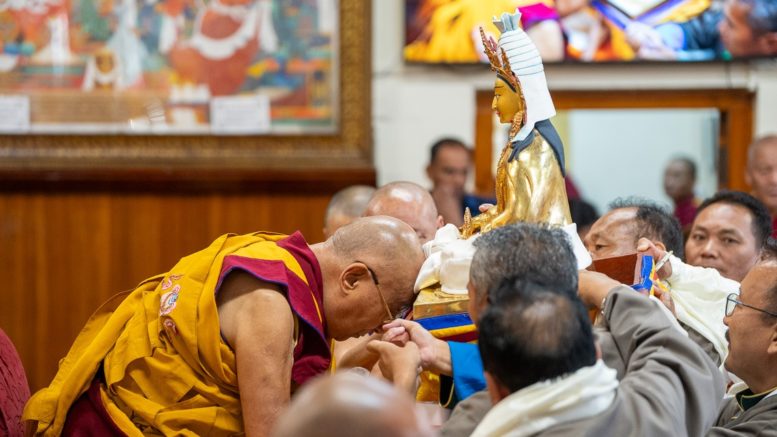




Be the first to comment on "The Dalai Lama – Our Unshakable Faith"